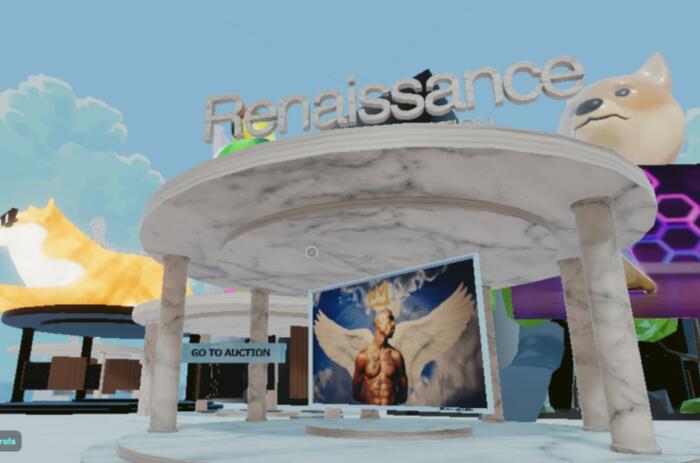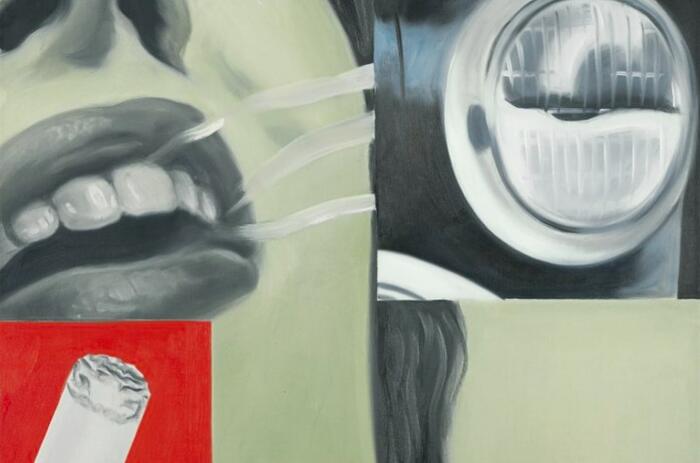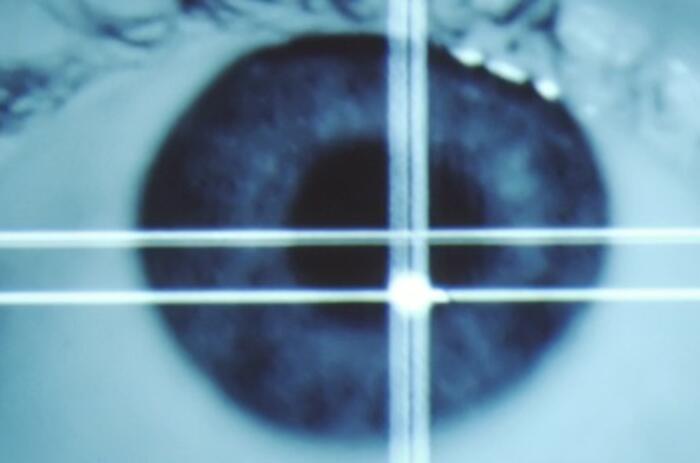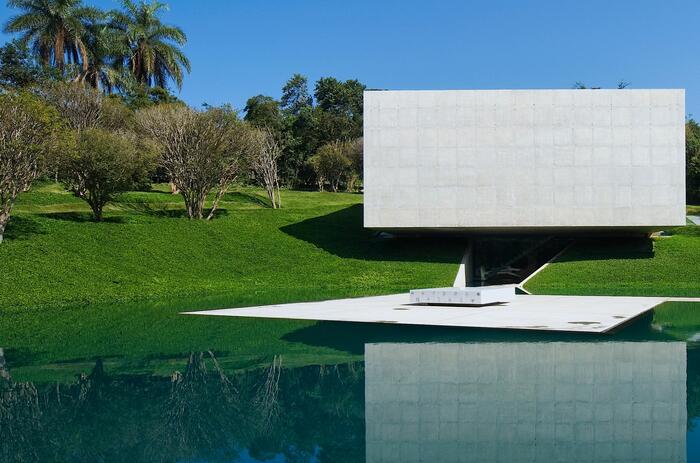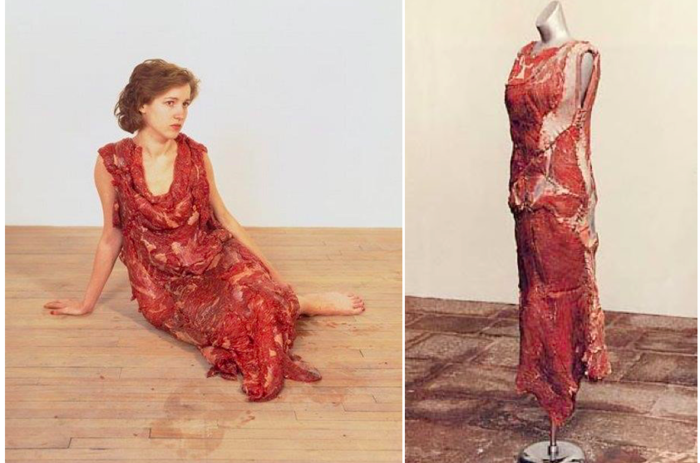AL DÍA (WITH ART)
I ask myself what it means to be Al día (up to date) with art, when it has already been decreed that we live in posthistory and that the present is now postpresent. The question I propose is not theoretical, but of a practical nature, since many decisions depend on its answer: which exhibitions to visit? what works to see? which artists to recommend? With these initial questions come others, also important, although not easy to answer: how much information is needed to be up to date? where can you get up-to-date information? Who has the news of the day?
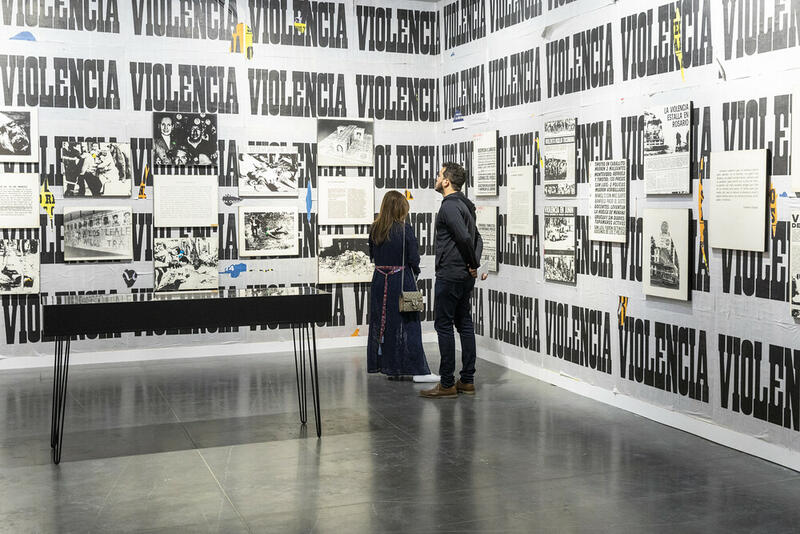
Sometimes, being up to date means knowing the most up-to-date approaches to past authors, works and trends. Other times, headlines from the art world extol innovation processes that have not yet crystallized but show a promising profile. There is so much to see everywhere and at the same time that it is necessary to prioritize and discriminate the most relevant options. However, the atomization of the current dissemination platforms generates momentary bubbles of attention without any of them prevailing over the others.
Colloquially said, to be up to date with art means to be "informed", "connected" or "updated". But it can also mean that art can inform, connect or update us with the day to day. I prefer this second meaning because it keeps us safe from the vain presumption that everything that is happening in artistic matters can be known. On the other hand, the possibility that art helps to understand everyday life is more attractive and measurable. Art as the news of the day, allows us to discern what is happening through sensitivity, without fear of fake news and censorship.
It is not that artworks "illustrate" reality, but rather that they condense the most significant events, even when they only show homogeneous surfaces, recovered objects, empty spaces or disturbing situations. In any of its possible manifestations —figurative, abstract, installation or performative— art is a kind of symbolic hyperlink, connected to the vast hypertext of reality. You just have to "read between the lines" what the works show.
Even without being realistic or representative, art can record, recreate or evoke sensitive aspects of current affairs, whether personal or collective. This is a powerful quality that exegetical thought handles at its discretion in an attempt to preserve the controversial "autonomy" of art, depending on what is convenient for the purpose of one or another interpretation.
In the text El arte se repliega en sí mismo (2007), the German philosopher Peter Sloterdijk argues that the current work of art "has more than can be shown" despite its growing exhibition visibility, which "is equivalent to a withdrawal to their own dominions, to the refuge outside the world". With some irony, Sloterdijk suggests that faced with the impossibility of showing itself in its epiphanic dimension, art should be pushed aside, reduce its contact with the world and enjoy a moment of "attentive inattention".
The German artist Gerhard Richter seems to confirm this deliberate withdrawal from public view when he says “Painting is a very private matter. It's for those who are uncomfortable in public, who are rather quiet, a bit cowardly out there. Someone who wouldn't speak in public, but then plays it secret."
Another different thing is the one proposed by those artists who declare their open harmony with the most controversial topics of their time and incorporate in their works the "blind spots" or non-visible ones of reality. I note here four examples that emphasize the relationship between art and current affairs, without undermining the artistic condition.
British artists Gilbert & George, referring to their series London Pictures (2012) affirm that their themes are the same as the ones in the newspapers: "death, hope, fear, sex, money, racism, religion".
The North American artist Barbara Kruger, known for her iconic textual interventions in the public sphere, declares herself “addicted to the news”. She refers to herself: “I read online, I go to websites, I watch television and I not only watch MSNBC, but Fox News. No one should be surprised that the world is in the state it is in."
Antoni Muntadas, a multimedia artist focused on social, political and communication issues, highlights "... I prefer my works to do the talking. When I have something to say, I go to them." However, regarding the work On Translation (1995) he states that "the audience needs to get involved and, like the artist and the author, they have responsibilities and must dedicate time to the works…".
A similar premise drives the work of the Argentine Juan Carlos Romero, author of works with a strong critical approach based on words, images and press headlines, who underlined his position in a 1972 statement: “My conceptual proposals are aimed at the participation of the viewer -actor in subjects related to the national reality”.
In short, the old issue of the relationship between art and reality has never been resolved. The arguments are dissimilar, but two antagonistic positions prevail. On one hand those who support the idea of art as an autonomous reality, on the other those who argue its connection with situations external to its nature.
Whether art retreats into its "own domain" or becomes submerged in the daily news, both are symptoms to be addressed. That is to say, in one case or another, art is involved in events, for which its displacements, concealments and commitments tell us something about the world in which we live. It doesn't matter if the art is a “window” or a “mirror”, the important thing is the link with what is in front, behind or “around”.
-
uan Carlos Romero's "Violencia" (1973) in the exhibition “América Latina 1960-2013”. Fondation Cartier, Paris, 2013.
As regards the impact of the pandemic, NFTs, climate change, migration, authoritarianism, intolerance, sexism, identity and other issues, art can tell us, or show us some of the most dramatic profiles of the day. Of course, it also brings us up to date with less tangible but highly relevant aspects such as beauty, horror, vulnerability, desire, loss and truth. In a certain way, the work of art is a sensitive log of events that not only touches everything that concerns us as humans, but can also change our perception of what happens. That is why being up to date with art is not a theoretical matter but a practical matter.

